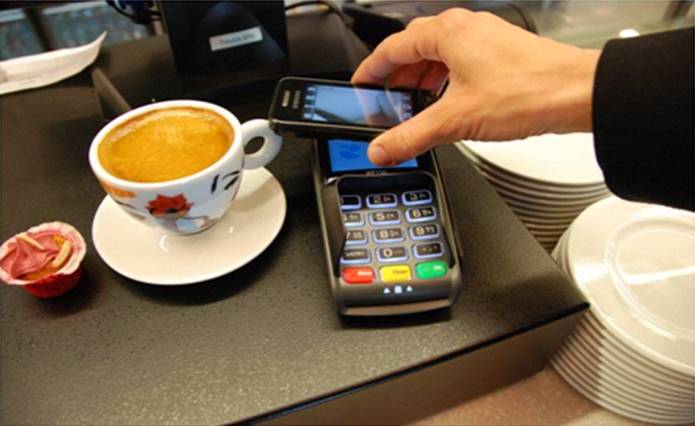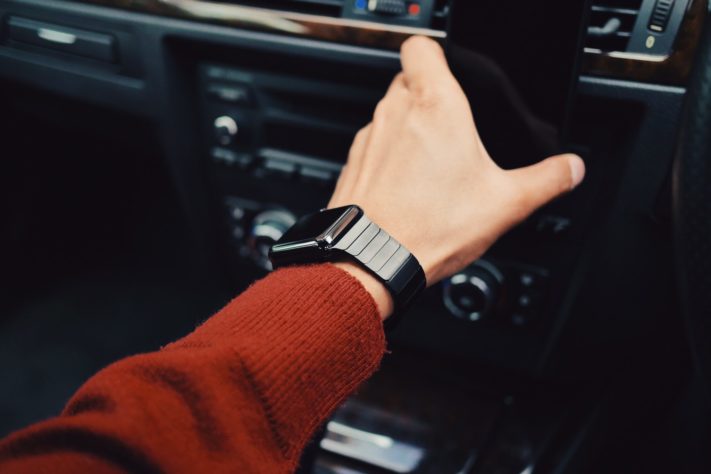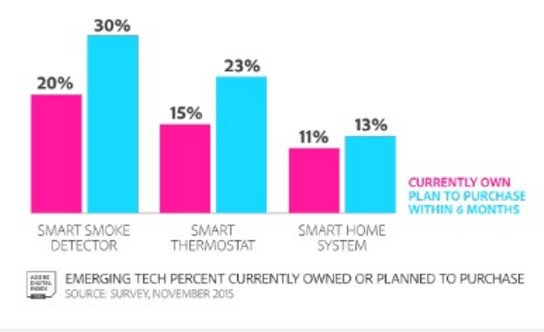Over the course of 2015, mobile continued to grow by leaps and bounds. This year saw a number of developments that laid the framework for an explosive 2016 and set the foundation for mobile to become a driver of growth and innovation in a number of key industries. While there are many mobile trends we could talk about, these are the areas we think were the most important in 2015, both in terms of technological innovation and their impact on industry.
tvOS
Apple dropped a bomb with the introduction of a brand new operating system for the Apple TV. With the inclusion of an App Store and now a distinct operating system, the floodgates were opened for far more apps to be released for the Apple TV – not just in volume, but also by app type.
tvOS opened the Apple TV platform up for a variety of new app categories for the TV. Where media streaming apps have always been a staple for set top boxes and smart TVs, apps for retail, healthcare, shopping, travel, food and drink, weather, finance, and more are now being introduced on a brand new platform that customers are engaging with.
Already, Apple TV has 2600+ apps in its app store, making it the largest OTT platform app store to date. Furthermore, more than 400 apps are being submitted weekly. And, while the largest category is games, users have shown that they are interested in app diversity, with 28 of the top 50 Apple TV apps being media and entertainment related.
Beacons Gain Traction
2015 saw the proliferation of location-based beacon technology. Big in the retail space, beacons allowed retailers to bridge the gap between the in-store and online experience. Valuable in-store data, location-based push notifications, and even traditional in-store metrics like footfall are now feasible with the emergence and improvement of beacon technologies.
Industry research shows that beacons will continue to become more important in the retail space. Juniper Research predicts that by 2019, $43.3B worth of retail revenue will be generated by location based services, with over 71% of that coming from highly targeted targeted contextual based advertising. With personalization more important than ever, beacons are emerging as the go-to technology to engage shoppers and improve the customer experience.
Beacons have also expanded outside of just the retail space, allowing for advanced mobile marketing opportunities, data collection, and other proximity-based capabilities. Airports are one area where beacon technology can offer greater personalization, but we’re likely to see location-based personalization via beacons permeate other industries/venues as well.
Mobile Payments Inch Along (Look for an explosive 2016)
One of the biggest advancements is the introduction of mobile payment systems – Apple Pay, Samsung Pay, etc. – on the most popular devices. While adoption isn’t yet at the rates expected, a large number of consumers now have these systems available at their fingertips.
Despite slow progression, mobile payments are accelerating, both in terms of market penetration and customer adoption.
- More than 100 banks supporting apple pay
- 700,000+ businesses now support apple pay (Pymnts.com)
- By the end 2015, mobile payments transaction value is likely to have surpassed $8B
- Mobile Payment volume is expected to triple in the US in 2016 (eMarketer)
Overall, the adoption rate of mobile payments is slower than expected, but there is no doubt that it is increasing and will continue to increase over 2016. As consumers continue to adopt newer smartphones and replace older ones and banks and merchants add support, both the infrastructure and technology will be in place and we will see mobile payments become more popular.
Wearables & iOT
Wearable technology adoption rates are skyrocketing. The global wearables market is expected to reach $19B in 2018 – more than 10 times its 2013 value. IoT is also becoming more popular, particularly with connected home devices, with Adobe’s Digital Index Survey showing that over 50% of consumers have interacted with home electronic IoT devices.
Both wearable and IoT technologies are relatively nascent, and the diversity of application for these technologies is still developing. Smartwatches and fitness trackers have been the most popular wearable devices – 1 in 4 US consumers now own a fitness tracker – but other applications, particularly in areas like healthcare, are beginning to emerge.
IoT technology, particularly for the smart home, has also proven popular. 1 in 5 consumers already own smart smoke detectors, followed closely by smart thermostats (15%) and full smart home systems (11%). Furthermore, consumers without these technologies have indicated intent to purchase these items within the next 6 months.
As we move into the New Year, we can expect these mobile trends to advance even further, expanding into other industries and becoming more popular among consumers as both the technology and supporting infrastructure mature. We predict that all of these – Apple TV and competing platforms, beacons, wearables/IoT, and mobile payments – will show significant growth in 2016.








